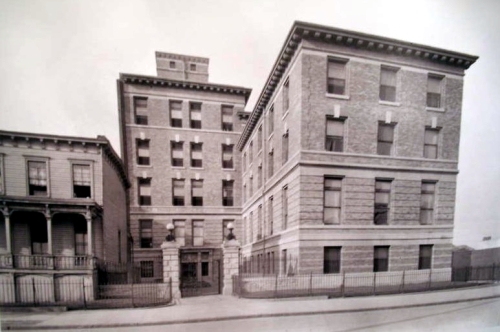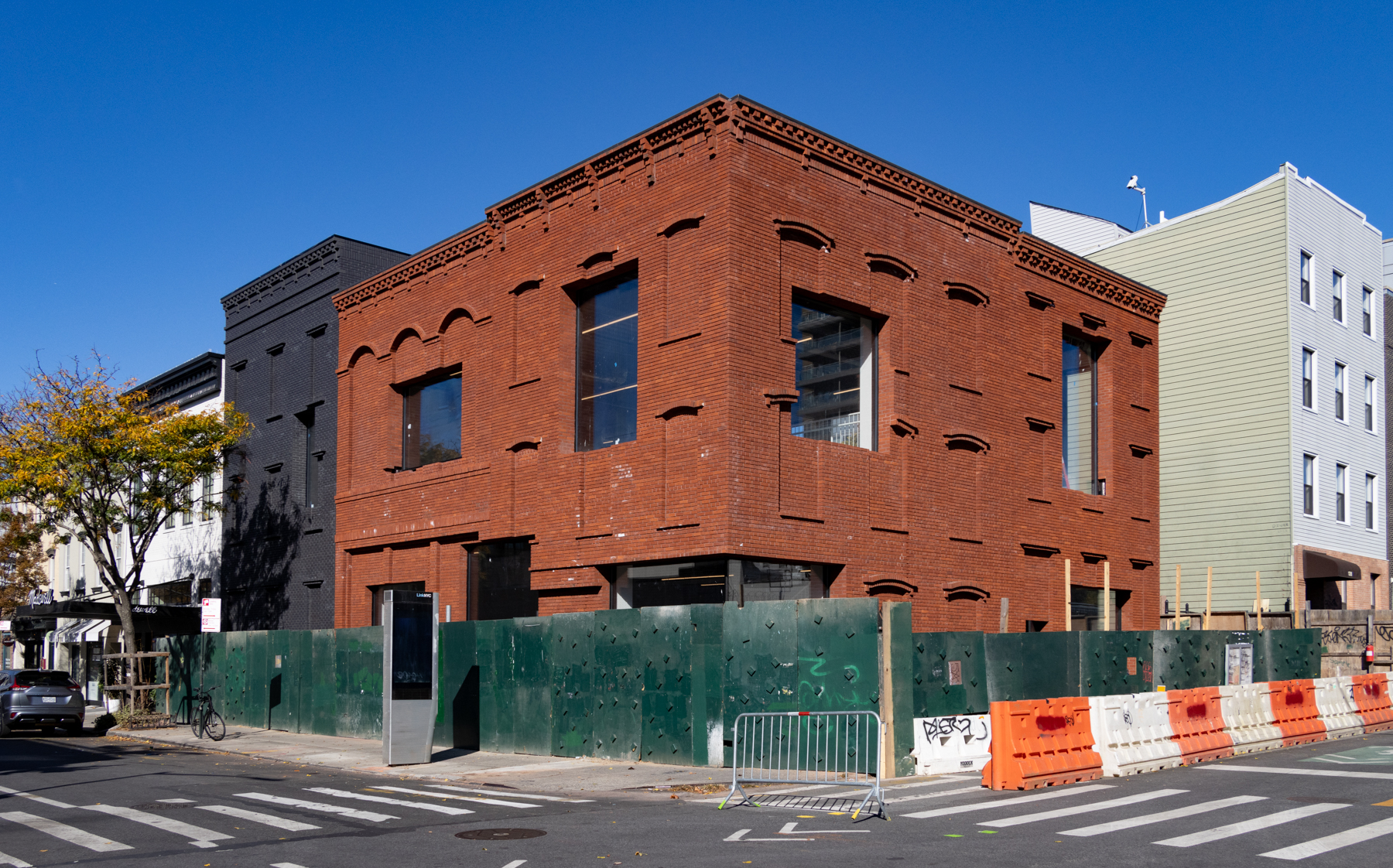Past and Present: Nurses' School, Jewish Hospital
A look at Brooklyn, then and now. As Brooklyn’s Jewish population grew at the end of the 19th and beginning of the 20th centuries, so too did the need for medical services. Thousands of new immigrants were pouring into Brooklyn, fleeing the overcrowded tenements of the Lower East Side, settling into only slightly less overcrowded…

A look at Brooklyn, then and now.
As Brooklyn’s Jewish population grew at the end of the 19th and beginning of the 20th centuries, so too did the need for medical services. Thousands of new immigrants were pouring into Brooklyn, fleeing the overcrowded tenements of the Lower East Side, settling into only slightly less overcrowded tenements in Williamsburg and the surrounding communities. The need for doctors and hospitals was great, and although medical services were in existence for the poor, albeit not as many as were needed, many Jewish patients were discriminated against. Brooklyn’s wealthy German Jewish community, which had been here much longer and was quite established, saw the need and founded the Jewish Hospital in a small two-story building at 70 Johnson Street downtown in 1895.
This small hospital was soon overwhelmed, and funds were raised to build a large new facility in a community that had a growing Jewish population: the Crow Hill section, situated between Prospect Heights and Bedford. Ground was broken in 1902, and the large hospital designed by George Morse rose on the block of Classon Avenue between St. Marks Avenue and Prospect Place. It was dedicated in 1906.
Jewish doctors had also found themselves affected by discrimination, banned from some hospitals, and the Jewish Hospital allowed them to work and practice freely, with no quotas or bias. There they were able to care for patients respecting religious restrictions, language and cultural mores. All that was needed now were nurses. The modern nursing profession was born with Florence Nightingale during Europe’s Crimean War in the 1850s, but it was an uphill battle for nurses to be respected and treated as professionals with medical knowledge, rather than just servants or maids.
Nursing as a profession was not a popular option for Jewish women, either, as it was looked down on as only an extension of housekeeping, and culturally, it was not acceptable for young Jewish women to touch or treat men who were not husbands or family. Also, nursing training was long and unpaid, and women who had to work found themselves better able to make a living in a factory rather than take up the long hours of nursing. Nursing could also prevent a woman from the traditional roles of wife and mother. Yet, in spite of all this, a Jewish nursing school was still in high demand, so in 1906, the Jewish Hospital School of Nursing was established. The first class of six graduated in 1908.
In 1909, George Morse was called back in to design the Nursing School buildings, which were built behind the main hospital building, running along Prospect Place just east of Classon Avenue. The four- and five-story buildings were also in the Renaissance Revival style, with matching brick that meshed in quite nicely with the existing building. An elegant gate welcomed the students into their new home.
The school grew rapidly in the coming years, as did the hospital, with another hospital wing replacing the wood framed house seen in the 1915 photograph. By 1927, the Nursing School would also grow to its present size, with new residential wings continuing down Prospect Place. The hospital and the nursing school thrived until the 1970s, when the institution, like most of Brooklyn’s hospitals, began to flounder financially. In an effort to save itself, the Jewish Hospital and the nursing school merged with St. John’s Hospital in Bedford Stuyvesant, becoming Interfaith Medical Center and Nursing School in 1983.
In 1999, the Interfaith Hospital Nursing School closed its doors, and in 2000, the entire Jewish Hospital complex was locked up and abandoned. Fortunately, it was bought and rehabbed as housing, with the old Nursing School buildings becoming a vital part of the apartment complex, which today includes not only the older George Morse buildings but the newer 1950s-era buildings as well. A long-awaited supermarket has opened on the site, and the hospital’s laundry building was reborn as a diner. The Jewish Hospital Nursing School still has an alumni association, which is still going strong, adding moral and other support to nurses and nurses’ training, wherever it is needed. GMAP











I was very interested in this article as I was born 10/31/51 in the Jewish Hospital (JHMCB) as it was called. Two physicians I recall were Dr. Jack Soifer and Egon Feldman. The Nurse in the delivery room was Joan.